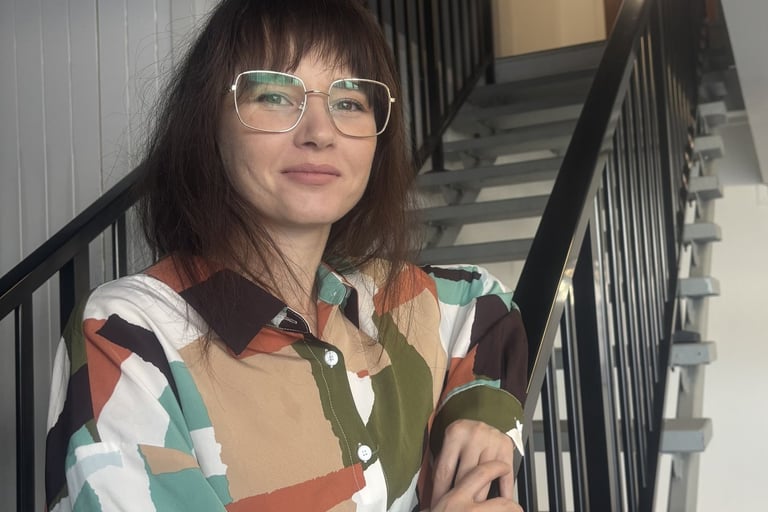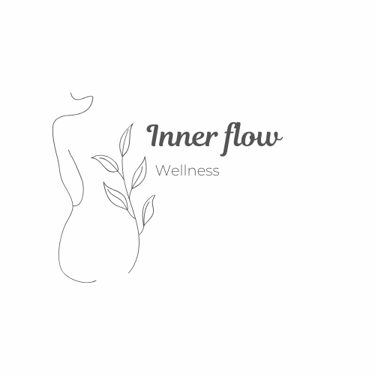
About Craniosacral Therapy
What is Craniosacral Therapy (CST)?
Craniosacral therapy is a gentle, hands-on treatment that works with the body's natural rhythms to enhance the flow of cerebrospinal fluid (CSF), a vital substance that cushions, nourishes, and detoxifies the brain and spinal cord. By releasing restrictions in the craniosacral system comprising the membranes and fluids surrounding the central nervous system CST, helps regulate autonomic nervous system function, reducing sympathetic overactivity and encouraging parasympathetic activation for deep relaxation and healing. Through a series of sessions, this process supports the body's innate ability to heal by relieving stored tension, improving circulation, and restoring balance. Given the right space and practices, the body can gradually return to a state of equilibrium, promoting overall health and well-being.
How CST Can Help
CST can address a wide range of conditions, including:
Neurological & Cognitive Issues like brain fog, concussions, TMJ dysfunction, headaches, and migraines.
Pain & Musculoskeletal Disorders such as neck and back pain, whiplash, repetitive strain injuries, and chronic pain.
Chronic Health Conditions including fatigue, sleep issues, fibromyalgia, hormonal imbalances, and immune dysfunctions.
Emotional Health by helping to release stress, anxiety, PTSD, and emotional trauma.
Digestive & Autonomic Disorders, including nausea and vagus nerve dysfunction.
Pre- and Post-Natal Support for stress relief and recovery during and after pregnancy.
What to Expect During a Session
CST helps the body release stored tension, trauma, and emotional stress, allowing it to reorient itself. During a session, you may experience:
Deep Relaxation and calming, peaceful sense of release.
Emotional Shifts Memories, emotions, or sensations may surface for resolution.
Physical Sensations - Tingling, warmth, rhythmic motions, or subtle involuntary movements.
Digestive Reactions - Such as stomach gurgling or shifts in breathing.
After the Session
Your body continues its healing process after treatment, so you may feel:
Fatigue or a need for rest as your body integrates the shifts.
Increased Clarity or emotional shifts as stored energy is released.
Physical Adjustments like improved circulation or digestion.
Your Role in the Healing Process
While the above explains how and why craniosacral therapy works, true healing requires personal responsibility. As a practitioner, I provide a supportive environment, but ultimately, you hold the key to your own journey. Healing is not a passive process it requires awareness, commitment, and a willingness to release what no longer serves you.
The depth and duration of trauma, how long it has affected you, and what you are ready to let go of will influence your progress. Some experiences may be deeply rooted in subconscious or implicit memories, which are stored in the body beyond conscious awareness. Many of these patterns stem from early life experiences, including prenatal and birth trauma, as well as generational and life events that shape your nervous system, belief systems, and behavioural responses.
Healing is an ongoing process, without active participation, it is easy to fall back into familiar cycles. It's important to listen to your body if you're not ready to move forward and allow yourself space without judgment. However, it's important to continue your journey when the time comes. Pausing is natural, but staying stagnant can reinforce subconscious patterns of victimhood, where past wounds dictate your present reality.
There are two paths: one of empowerment and growth, and one of stagnation and limitation. While healing cannot be forced, staying stuck in old wounds prevents true transformation. Growth is not about pushing change but allowing the body's innate ability to heal in its own rhythm and in due time.
Healing has no set timeline it unfolds uniquely for each person. The key is honouring where you are while remaining committed to your journey.
About me
I am currently a student at the Mind, Body and Healing Centre under Ken Gordon, where I am deepening my bodywork practice. My journey began when I became intrigued with how the body responds to physical touch, particularly on a subconscious and emotional level. As a massage therapist, I saw firsthand how touch could impact someone in ways that weren't always immediately obvious but were often profoundly transformative. I've always been captivated by how our physiological and biological systems work in harmony, and the deeper connection between mind, body, and spirit. When I discovered craniosacral therapy, everything seemed to fall into place. It felt like a missing piece had been found something I hadn't realised was missing until I encountered it. It felt like I had truly found my place.
When I discovered craniosacral therapy, it provided answers to the questions I had long carried about the body's incredible ability to heal itself. This practice not only clarified my own healing journey but also gave me the tools to support others in theirs. I strongly believe in the power of self-healing, we are not broken, nor do we need fixing. We are human, having a human experience. At times, things get rough, and when we try to control our environment from a place of fear or past trauma, we disconnect from the present moment and prevent ourselves from caring for our well-being in the way we deserve.
Through my personal health challenges, including reflux and gut issues I have learned that what we experience in our bodies often has a deeper emotional or stress-related root cause even if no test can pinpoint it, which is often the case these days. While I still occasionally look for quick fixes when symptoms make me uncomfortable, I've learned that healing takes time. Life, I believe, is a continuous journey of healing, and where you are on this journey influences how you move through it. In my own experience, I discovered that the hardest part wasn't always what I thought it would be. Some might say giving up coffee would be difficult, but for me, it was realising I could no longer enjoy my dark chocolate. When I do indulge, the repercussions are not always worth it. However, I continue to work towards finding balance, and while I haven't yet found that happy place where I can enjoy coffee and dark chocolate again, I remain committed to my journey. As a practitioner, I understand that in this work, as I support your healing, I also experience healing through our connection.
As a practitioner, I have made it a priority to personalise my treatments because we are all unique and have different needs, even if our stories seem similar. The first step in any healing journey is to understand what your body truly needs. It's about being present and reconnecting with yourself filling your own cup before you can fill the cups of others. When you do this, life becomes a little more manageable, even when facing challenges. It's been a humbling experience for me, and as a craniosacral practitioner, I bring that experience into each session, supporting others through their own unique healing processes. While the journey may sound simple, we are all on this path together your healing is mine too.


Gallery












Empowerment lives in your self-care practices, inviting you to pause, soften and integrate the connection into your cellular memory.
Empowering journeys of self-care and discovery.
Contact
kbhealing@outlook.com
© 2024. All rights reserved.
